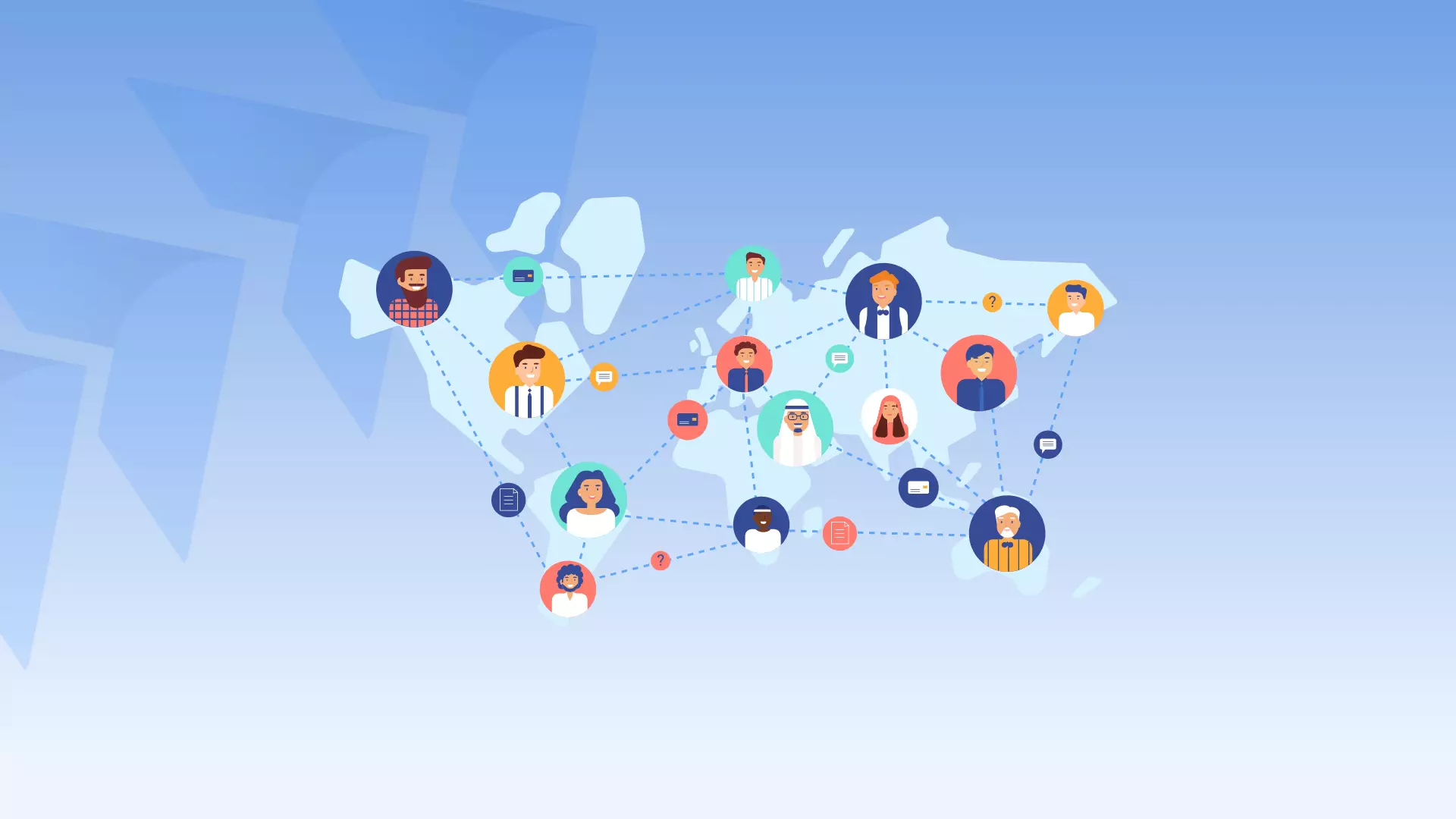As we’ve mentioned before, if you want to succeed as a company, you have to be visible online. Reaching your customers requires a strong online presence. A Content Management System (CMS) can help you with this, but there are also other options. There is a new platform available that is becoming increasingly popular: A Digital Experience Platform (DXP). But what is a DXP and why is it ‘better’ than a CMS? You can read it in this blog.
What is a DXP?
First, let’s define what a DXP is. Gartner defines a Digital Experience Platform (DXP) as follows: “an integrated software framework for engaging a broad array of audiences across a broad array of digital touchpoints.” This tells us that a DXP uses different integrated technologies to control different touchpoints. All of this is controlled by one central platform. The platform then creates experiences for different target groups. You could say that a DXP is there to help you build a better user experience. But that’s not all, you also create business opportunities for yourself.
How does that work? With a DXP you can anticipate what consumers like and especially what they want. So, you can deliver them to them just when they’re ready to buy. This is all the result of the DXP and more importantly, of the data it collects.
CMS vs. DXP
The question now is: Should you choose a CMS or a DXP? There is no easy answer to this question. It all depends on your entire operation. The starting point for every company should be a CMS, and the next step should be a DXP. With a CMS, you can share content, but with a DXP, it goes beyond just content sharing. Companies now want to share any type of asset at any digital touchpoint. In addition to the website, these touchpoints are found in physical stores, on billboards, in marketplaces, on customer portals, and on social media. This is because the digital journey has expanded, more channels are being used, and the customer demands a perfect experience on each channel.
With a DXP you can create that, with a CMS you can’t. The point is that not only the technology has changed, but above all the customer has changed. The customer is much more used to it than a few years ago. If you don’t provide the perfect user experience, you’re likely to lose customers. That is why it is extremely important to look at your customer data and use the insights you get from the data. Remember that the customer is king, also online.
The next step
It is necessary to undergo a digital transformation in order to fully utilize a DXP. The reason for this is that you need to create the best possible digital experience. In order to do so, you need to adjust your way of doing business. You need to make sure that you create advocacy at all levels of management and at all levels of the operation. The entire company is responsible for creating the experience.
If I can use other tools and technologies to create a better user experience, why would I take a DXP?” And you’re right, there are other tools and technologies available, but the big advantages of a DXP are that you can control any touchpoint, it connects your business, and it’s also built on a flexible architecture. In short, a digital experience platform makes it a lot easier to create the experience throughout the company and at any touchpoint.
If you’re wondering what an example of a DXP is, Drupal 9 is a good example. The release of Drupal 9 truly confirms Drupal as a leading open-source digital experience framework, combining all the benefits of open-source software with powerful enterprise capabilities.
It is important to remember that a good experience and therefore a DXP is crucial for increasing your customer satisfaction and customer loyalty.













